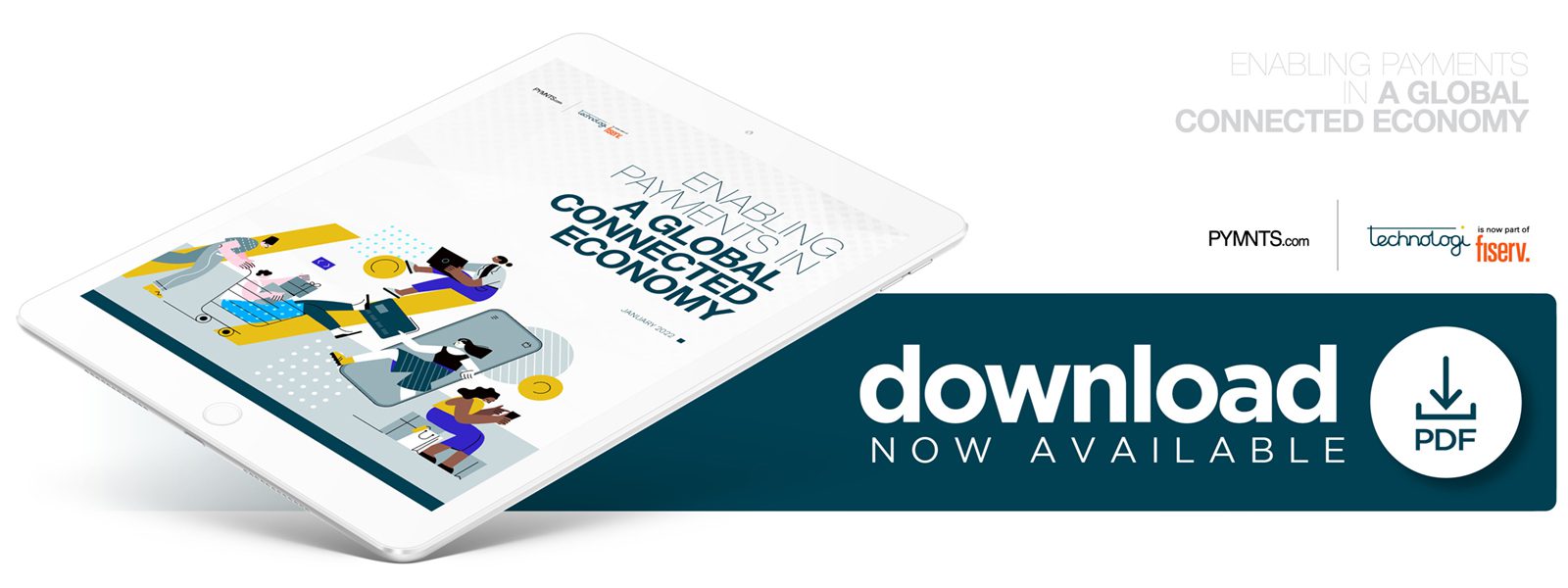Paya on Harnessing Data to Streamline and Secure Payments for Consumers and Businesses

Merchants face numerous challenges in managing digital payments, according to Ben Weiner, chief strategy officer at payments processor Paya. These hurdles range from reconciliation issues between invoices and ledgers to disparate payment systems causing errors and processing delays. Payments processors are frequently tasked with helping merchants remove friction from both consumer and business-to-business (B2B) payments experiences. Weiner believes their ability to do so efficiently is key to merchants’ success.
Seamless payment processes will soon become the industry standard, he explained, but payment processors must be attuned to clients’ and customers’ evolving needs to innovate in the best ways possible. He added that offering a meaningful level of personalization in payment choices is of the utmost importance for merchants.
“A seamless experience should allow the payor to have control of the payment experience — from choosing how to make the payment, when to make the payment and where to make the payment [on which device] — and they should be able to do this in a low-friction way,” Weiner said. “This applies to both consumers making payments and, increasingly, … businesses making payments.”
He also said that data could profoundly impact digital B2B and consumer payment experiences. This information can give payment processors and acquirers more insights into which payment capabilities will hit the mark and make transactions more efficient.
“From an experience standpoint, data is key to know[ing] payment preferences for both sides of the transaction: payors and receivers,” Weiner noted. “This creates a more efficient ecosystem that is increasingly more digital. Data also has the potential to lower the overall cost of transactions, further incentivizing adoption.”
Many acquirers and payment processors are now using tools that harness data as well as artificial intelligence (AI)-powered, real-time analytics to optimize their payments processes for speed, security and user experience. He said that retailers and consumers alike benefit when merchants can leverage advanced technologies like AI along with first-party data to inform payments processing and related functions, such as onboarding.
“Take, for example, new ways to frictionlessly [onboard] new customers, provide actionable business analytics through reporting or fund multiple bank accounts in an appropriate and timely way,” Weiner said. “All of these processes, which build on the previous generation of differentiating solutions in payments, can be delivered via AI and [the] predictive capabilities that come with it — having all the appropriate data to underwrite a new customer without asking them for painful data collection and form filling.”
Creating better digital payments experiences for consumers and merchants requires retailers to either translate data-driven insights into payment process improvements or work with a solution that accelerates payments innovation. There are also security requirements and considerations that must be addressed as a growing number of transactions occur digitally, with solutions such as QR codes, multifactor authentication and text-to-confirm prompts emerging as key tools.
“Challenges around keeping card information safe and secure have been exacerbated in an increasingly remote world stemming from the pandemic, but market leaders have found new ways to adapt … and provide the same level of security in these environments — all powered by data.”
Implementing payments innovation is key to keeping customers loyal, as complex or slow payments experiences can permanently damage consumer relationships. As consumers seek more user-friendly and secure payments interactions, and as merchants demand the same, acquirers and payments processors capable of removing friction from transactions and payments management stand to profit.

